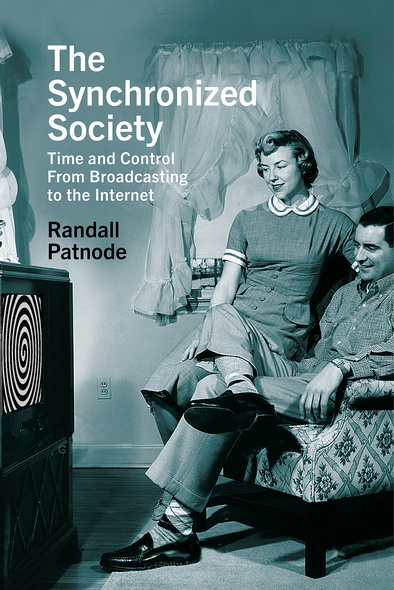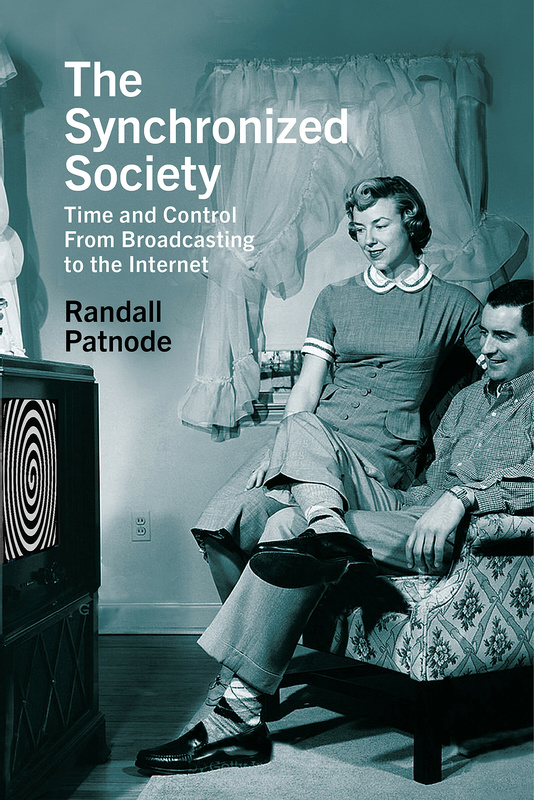
The Synchronized Society
Time and Control From Broadcasting to the Internet
The Synchronized Society traces the history of the synchronous broadcast experience of the twentieth century and the transition to the asynchronous media that dominate today. Broadcasting grew out of the latent desire by nineteenth-century industrialists, political thinkers, and social reformers to tame an unruly society by controlling how people used their time. The idea manifested itself in the form of the broadcast schedule, a managed flow of information and entertainment that required audiences to be in a particular place – usually the home – at a particular time and helped to create “water cooler” moments, as audiences reflected on their shared media texts. Audiences began disconnecting from the broadcast schedule at the end of the twentieth century, but promoters of social media and television services still kept audiences under control, replacing the schedule with surveillance of media use. Author Randall Patnode offers compelling new insights into the intermingled roles of broadcasting and industrial/post-industrial work and how Americans spend their time.
Patnode asks a deceptively simple question—why were modern media audiences willing to structure their lives around broadcasting schedules? Only now, as the broadcast era recedes, can that question be posed historically. The book offers a striking new synthesis, linking broadcasting history to the longer history of time management in the US. Recent histories have often been audience-centered; this one reminds us of the imperatives towards rationalization, discipline, and efficiency that also shaped modern broadcasting.
2 The Evolution of Time Consciousness 13
3 Roots of the Synchronized Society 22
4 The Rationalization of Radio 41
5 The Synchronized Society 66
6 Learning to Love the Clock 87
7 Television and Latter-Day Synchrony 105
8 The Decline of Synchrony 128
9 The Arrhythmic Society 153
10 From Clock to Click 172
11 Moving Ahead While Looking Backward 187
Acknowledgments 193
Notes 195
Index 000






